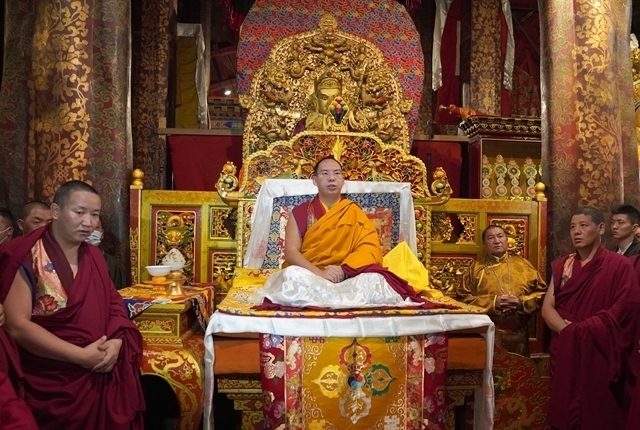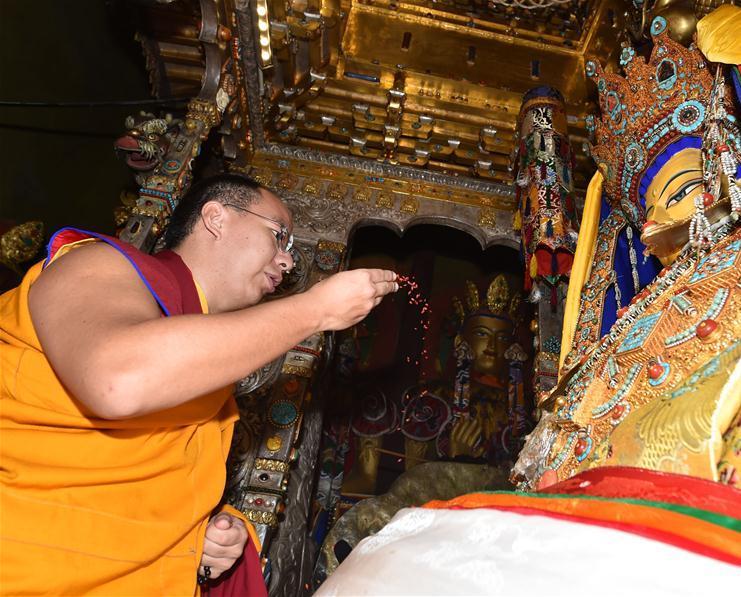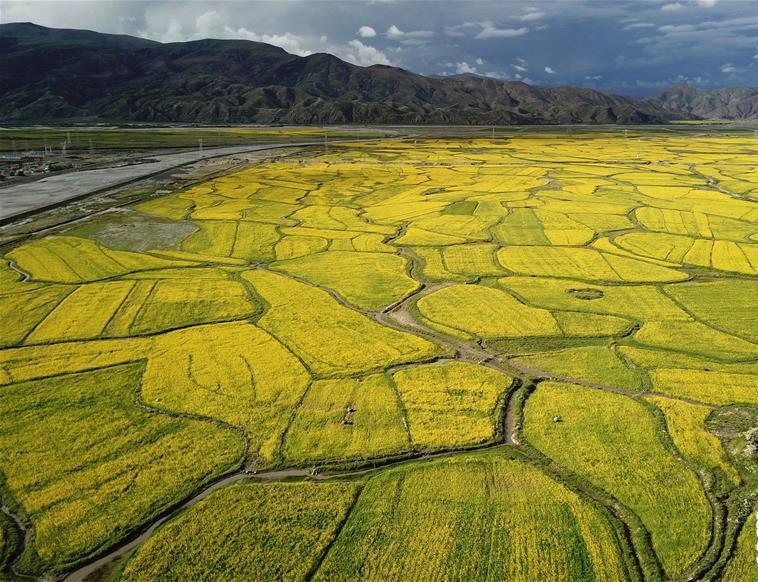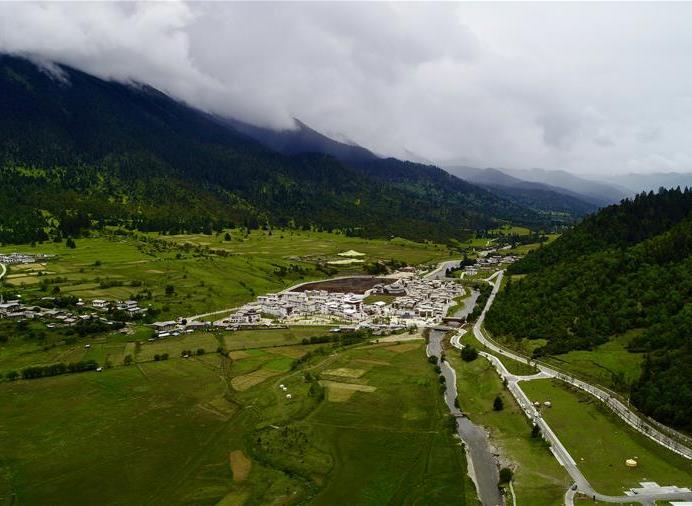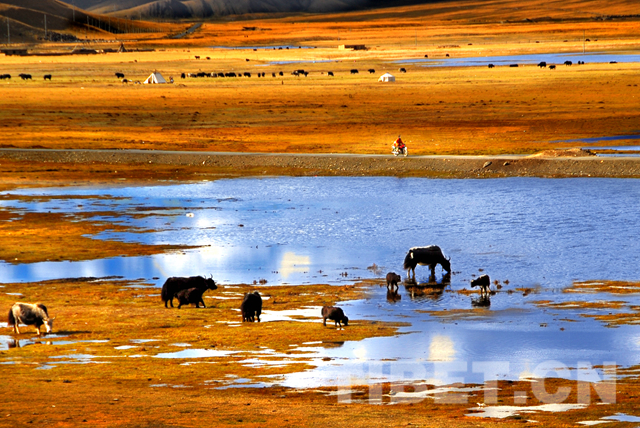Tibet Travel: your ultimate guide about Tibet travel in 2018 and 2019
The mythical land of Tibet is like no other on earth, filled with deep, rich valleys, high Himalayan mountains, and vast open plains and prairies where wild yaks and donkeys roam free. A land filled with a unique people that have evolved to be specially adapted to the high-altitude environment, and where Buddhism has become a way of life, not just a religion.
Tibet travel is unlike traveling anywhere else in the world, and not just because of the unique landscapes and stunning scenery. Traveling in Tibet requires some very careful planning, as you cannot just go to the region and travel around as you please like you can in the rest of China.
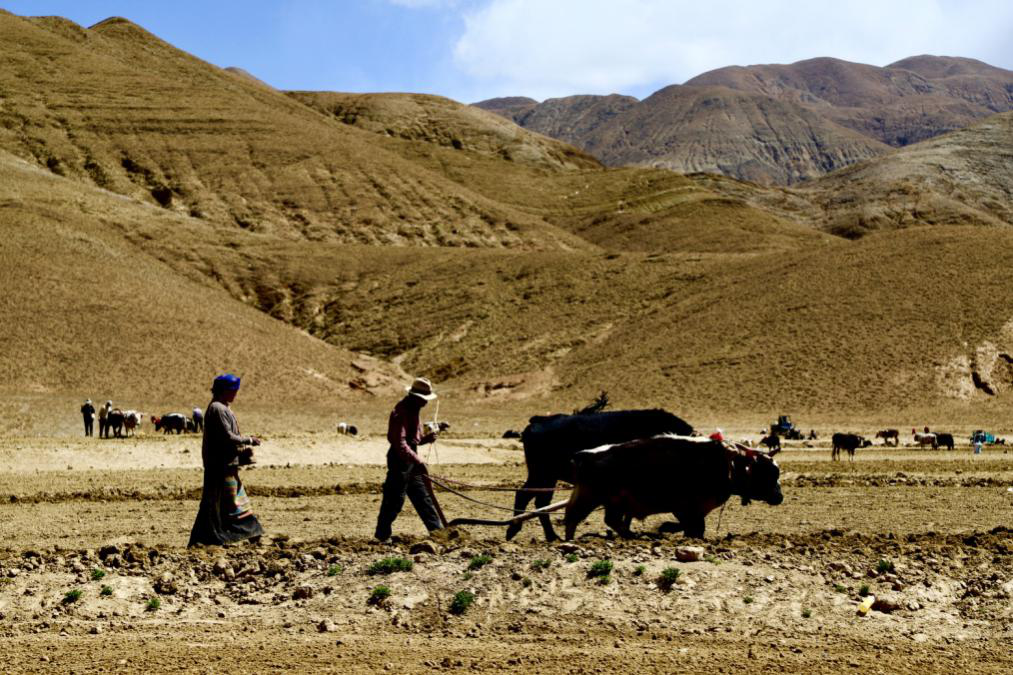
Firstly, Find a Reliable Tour Operator for Your Tibet Travel
Finding a reliable tour operator for Tibet can be a hassle. There are, literally, thousands of companies that purport to offer “the best trips to Tibet”. How do you know how good they are? Do they run their own tours or are they just a travel agent? Can they provide you with what you need? There are a million questions that arise over who to travel with. Tibet Vista can make sure your trip goes without a hitch, and manage the small details and red tape of getting to Tibet from mainland China.
All our tours are run by them, and they do not use any third-party companies to provide any of the components of your tour, except for the hotels you will stay in. They can give you the best possible advice on where to stay, where to travel inside Tibet, what to see, and how to get there.
Travel Documents You Need for Tibet Travel
Traveling to Tibet means that you will need a number of documents that cannot be obtained on your own, only through your tour operator. Before booking a tour, you will need to obtain your Chinese Entry Visa, unless you are traveling to Tibet from Nepal. This can be applied for at your local Chinese Embassy or consular office and normally takes just three days to process.
The main one is the Tibet Travel Permit, which is required to get into and travel around Tibet. Without this, you are not going to be able to even book a ticket for the train to Lhasa, or board either a flight or train. The permit is applied for once you have booked your tour, and it takes around 20 days to process the application and receive the permit.
You will also need the Alien’s Travel Permit, if you are planning a trip that takes you outside Lhasa. This can be applied for once you arrive in Lhasa by your tour guide, and takes an hour or so to process. You will need to provide him with your original passport and the Tibet Travel Permit for the application. The Alien’s Travel Permit allows you to travel outside Lhasa and is required for all journeys to other prefectures, including travel to Mount Everest.
The restricted Areas Permit, sometimes known as the Military Permit, needs to be applied for in advance of your trip, and can take as long as 20 days to process in Lhasa. The permit is required for travel to the military restricted areas of Tibet, such as Nyingchi and Ngari, but if you are not traveling outside Lhasa and Shigatse prefectures, then there is no need to have it.
The final permit you need is actually a pass, known as the Frontier Pass but sometimes referred to as the Border Permit. This is required for all travel to areas of Tibet that have borders with other countries, such as India, Bhutan, and Nepal. It can be obtained in Lhasa by your guide in the same way as the Alien’s Travel Permit, and is required for visiting Mount Everest or traveling overland to Nepal.
Find What Your Interest is in Tibet
If you are traveling as purely a tourist, then there are some great tours to join, such as the EBC tour from Lhasa, which takes you across the vast Tibetan plateau to Qomolangma Base Camp and the best views of Mount Qomolangma in the world. Or you can take a tour of Lhasa and Namtso Lake, which does not require anything more than the Tibet Travel Permit, and gives you some great insight into the culture of the Lhasa Tibetans.
For those that love trekking, you can take the trek from Old Tingri to EBC, which is a four-day hike across some of the area’s most beautiful countryside. Or take the 15-day tour of EBC and Mount Kailash and take on the region’s toughest trek, the Mount Kailash kora route. A grueling 3-day trek around the world’s most sacred mountain, it is a hike that is as spiritually rewarding as it is mentally or emotionally rewarding.
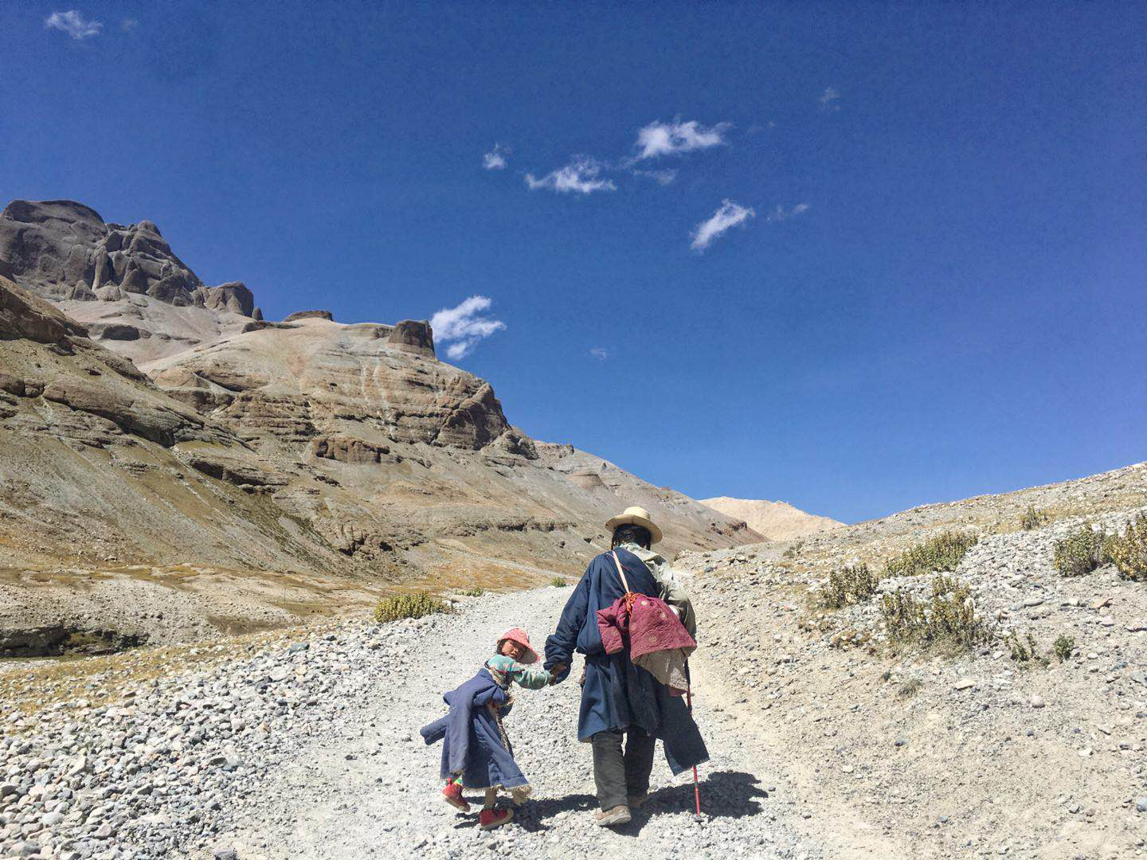
You can even take a tour that takes you from Lhasa to Kathmandu, in Nepal, if you are inclined to continue your travels into this high Himalayan kingdom. A seven-day tour, it takes you to the most impressive sights on the plateau, such as the Gyantse Kumbum and Mount Qomolangma, before taking you to the border at Gyirong Port to get the bus to Kathmandu.
Best Season for Tibet Tour
Tibet really does not have a “best time to go”, as the perfect time to travel to Tibet depends on your requirements and convenience. Tibet can be visited any time of the year from the beginning of April to the end of January, though you may not be able to get to some of the places in the more remote reasons in the dead of winter.
Summer, from June to September, is the peak season for Tibetan tourism, and it is when the weather is hottest, though you may have to contend with some rains as it is the monsoon season. If trekking is your thing, then spring or autumn is the best time to travel, as there is almost no rain and the skies are clear. The weather is also warm enough, except at night, yet cool enough not to make you sweat heavily without any exertion. December and January are the low season months for Tibet, and there are fewer tourists that visit. This is a great time to travel to the region if you do not like crowds of tourists cramming into the attractions everywhere you go.
How to Get to Lhasa
Getting to Lhasa can be done by either flight or train. The flights leave from several cities across China, including Beijing, Shanghai, Chengdu, and Kunming, and take from 2 hours to 8 hours, depending on the departure location. Flight costs vary by departure location and distance as well, though expect to pay at least 300 dollars for a ticket. Flights also leave for Lhasa from Kathmandu, the only international airport with flights to Tibet. Flights run from Tribhuvan International Airport daily, and take around 90 minutes to get to Lhasa, crossing over the peak of Mount Everest on the way.

Trains to Tibet run from seven gateway cities across China, including Guangzhou, Beijing, Shanghai, Chengdu, Chongqing, Lanzhou, and Xining, and can take from 22 hours to 55 hours to get to Lhasa. The trains are all a lot cheaper than the flights, though the travel times are much longer. However, the trains are much more comfortable, with sleeper carriages for the entire trip.
Easy Ways to Prevent Altitude Sickness
The best way to prevent altitude sickness when traveling to Tibet is to stop at an intermediate altitude of between 2,400 and 3,000 meters for at least 1-2 days before continuing. Altitude sickness can occur at elevations as low as 1,500 meters, though this is rare, and stopping at a lower elevation, such as that of Xining (2,275 meters) can allow you to acclimatize to that elevation before moving on to Lhasa.
This intermediate acclimatization is recommended by medical professionals around the globe, and will help you to acclimatize to the higher altitude of Lhasa much more easily. Once in Lhasa, you will need to acclimatize again, as the elevation has increased. Experts in altitude always recommend ascending to high altitudes slowly, no more than a thousand meters at a time, allowing your body to acclimatize after each ascent.
Other ways to help you reduce the risk of altitude sickness include ensuring you hydrate properly at all times, avoiding strenuous exercise, refraining from smoking and drinking alcohol, and eating a good, healthy diet with high proteins.
Diamox is often recommended online to help prevent altitude sickness, as this is often the recommended treatment by most tour operators. However, the use of drugs to control altitude sickness is not recommended by us, and you should first consult your own doctor. Diamox should not be used as the “cure-all” drug for altitude sickness, as it can have side effects or may not work at all. While it can be bought in most places in Asia without a prescription, medical advice should be sought before use.
Recommended Packing List
Tibet is not as cold as some people may think, and what you pack largely depends on the time of year you are traveling to the region. However, whatever time of year you travel, you are going to need some warm clothes, as it gets quite cold at nights, even in the summer. A few warm sweaters is a good option, and you should have plenty of thinner tops and t-shirts, as it is easier to control your own temperature by using multiple layers of thinner clothing, rather than one or two thick layers.
Boots are a must, and should always be part of your packing list, no matter when you travel. A good, strong pair of hiking boots or shoes will be useful for the rough ground that you will often find yourself walking over. Despite there being some stunning monasteries and temples in Tibet, many of the places you will explore in the more remote areas outside Lhasa have rough ground in the parking areas as well as many of the courtyards. You will also need them for visits to places such as Everest Base camp or lake Yamdrok. Use good thick woolen socks too, as they are better at allowing your feet to breathe while still keeping them warm.
Take waterproofs. While much of the year in Tibet is dry, there is always the chance of rain, even in the winter, and you do not want to get caught in a sudden shower without a raincoat. Slacks or lighter warm pants are better than denim jeans as well, as they are less likely to absorb water, and are not as heavy when they do. If you can, get a few pairs of trekking ants from the local hiking goods store before you leave, as these are ideal.
Take plenty of spare batteries for your camera, or if it a rechargeable, make sure you have a charged spare when you go out. The colder climate will drain your batteries faster than at sea level, and you do not want to miss that all-important shot of Mount Everest when you get there. You can reduce the risk of dead batteries by keeping them warm close to your body.
Luggage is another problem in Tibet for some. There are rarely any porters outside the bigger hotels in Lhasa, so you will have to carry your own bags some of the time. Get a good backpack with enough room for all your things, to make it easier to carry, rather than suitcases. Have a smaller backpack as a day pack as well, for when you are strolling around the grounds of a monastery or roaming across the base camp area at Everest. Good for keeping water bottles and some snacks in.
Other Dos and Don’ts for Your Tibet Journey
Remember that Tibet is almost completely Buddhist, and there are certain taboos in the Tibetan Buddhist culture. If you are in any doubt, ask your guide.
Walk around monasteries and religious sites in a clockwise direction, out of deference to the religion, as this is the way it is done in Tibet. Only the Bon religion walks anti-clockwise around sacred and holy sites.
When sitting on chairs or the floor, keep your legs tucked away, so that the soles are not pointing at people or religious icons. This is considered extremely rude in Tibet, and the people will find it very offensive.
Tibetans are touchy about people touching their heads. Do not touch the hair or head of another person without permission, and definitely NEVER touch the head of a monk. You should also refrain from taking photos without permission, as it is believed to be a captured image of their soul.
As with all things when traveling, if you are not sure, ask, or just don’t do it. Tibet has many customs within its Buddhist culture that you may find strange and different. Try to remember that to them, you are strange and different too.
Your Comment
Name E-mailRelated News
-
-
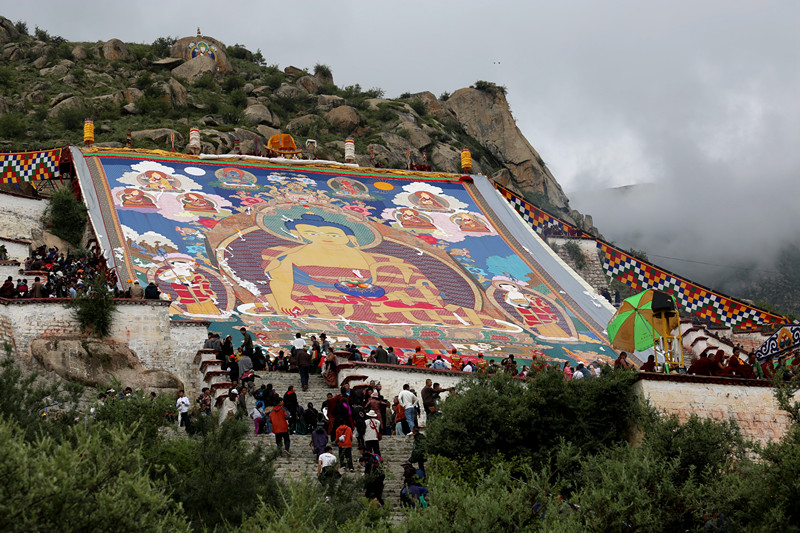
-
Annual Tibet festival starts with thangka
Thousands of Tibetans and tourists celebrated an exhibition of giant thangka-religious images embroidered in silk-to mark the start of the annual shoton, the Tibetan word for yogurt festival, on Saturday.
-
-
-
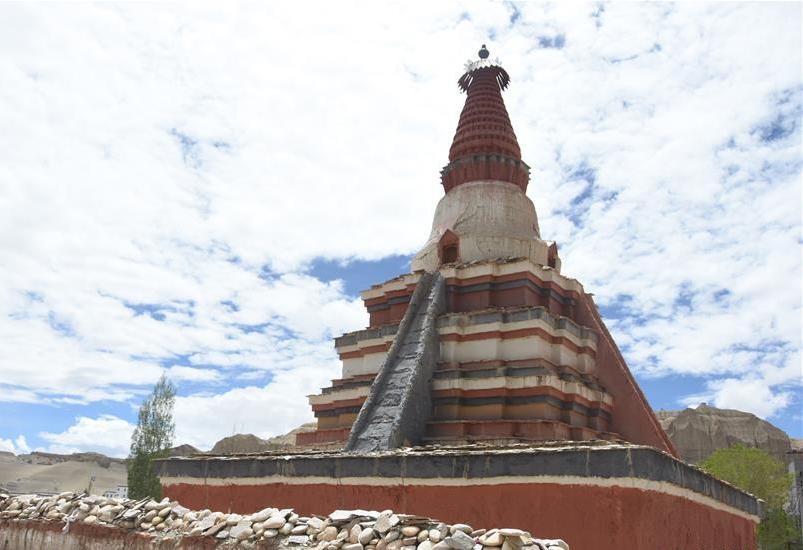
-
Ancient Tibetan monastery reopens
An ancient monastery in southwest China's Tibet Autonomous Region has reopened to the public after three years of refurbishment.
-
-
-
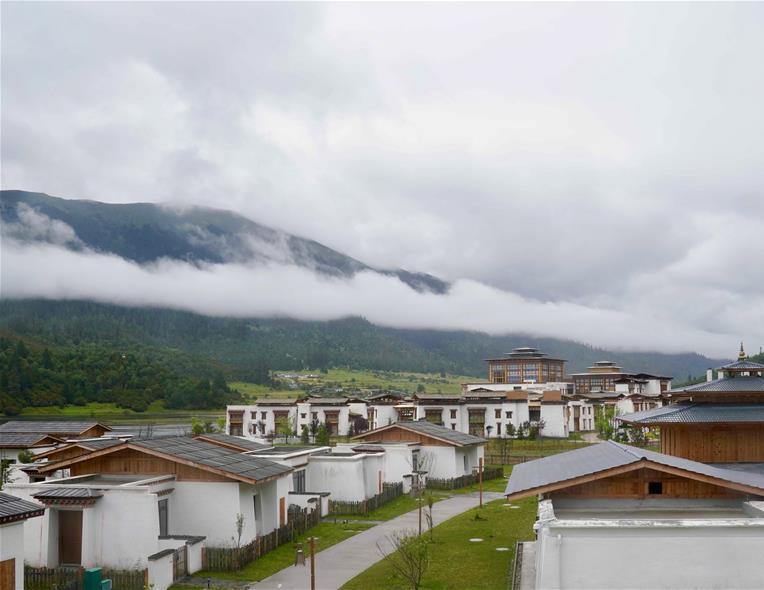
-
"Valley of the dragon king" on Qinghai-Tibet Plateau
The Tibet Nyingchi Lulang International Tourism Township was jointly built by south China’s Guangdong Province and Tibet.
-
-
-

-
Herdsmen ride and race horses to celebrate cashmere harvest
Herdsmen ride and race horses to celebrate after harvesting cashmere.
-
-
-

-
No casualties reported after magnitude 5.2 quake hits Tibet
No casualties are reported after a magnitude 5.2 earthquake hit Rutog County in Ngari Prefecture in Southwest China's Tibet autonomous region at 12:04 pm Saturday (Beijing Time).
-



